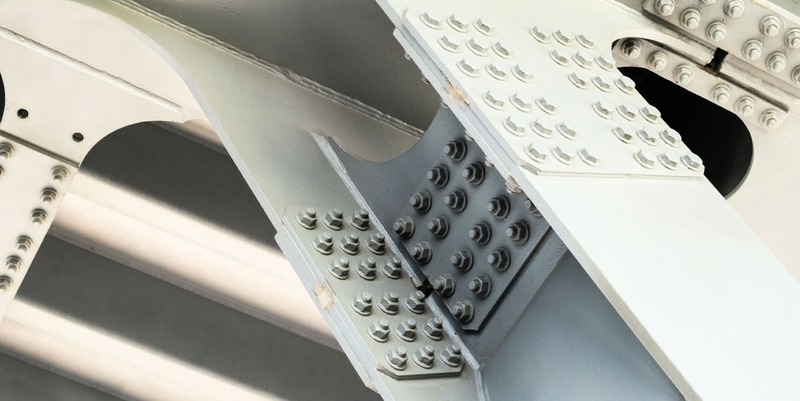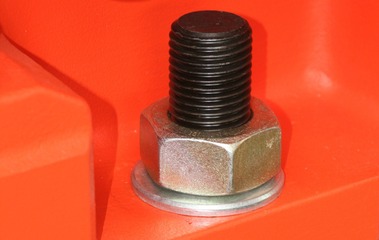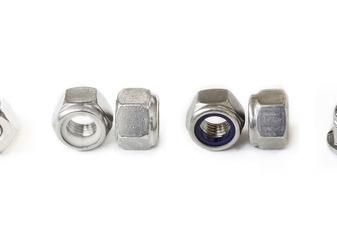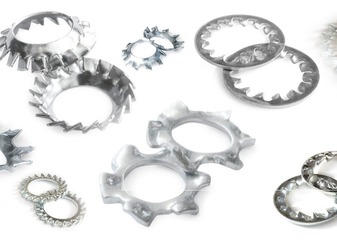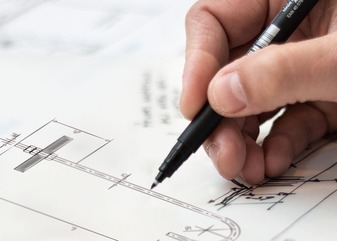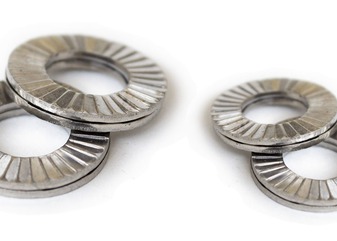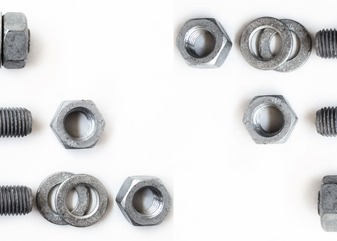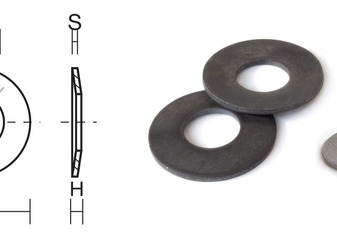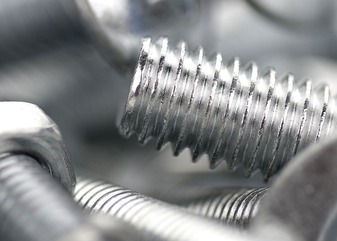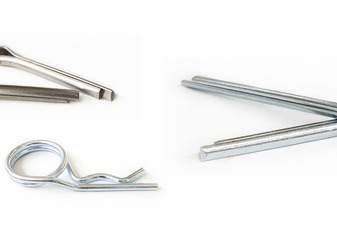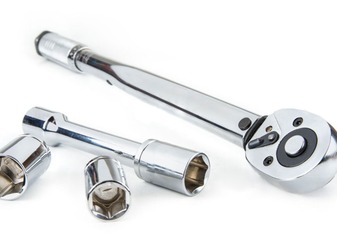The term threading refers to the type of mechanical construction aimed at creating a helical coupling between two elements. In the world of fasteners, threading follows a specific designation that includes the following characteristics:
- Side symbol, identifying the thread
- Nominal diameter expressed in inches or millimeters (intended as the outer diameter of the screw)
- Pitch, coarse or fine, always expressed in millimeters
- The number of starts, if more than one
- The direction of the helix
The last characteristic determines the direction in which the threaded part will be screwed, which can be clockwise or counterclockwise.
The most widespread and used threading is certainly the right-hand thread, where parts are screwed in a clockwise direction. For some special applications, it is possible to find screws, nuts, and threaded rods with left-hand threading.
Among the items we deal with this particular type of threading, you will find:
Threaded rod Din 975
Low hex nut Din 439
Medium hex nut Din 934 Iso 4032 Uni 5588
Low hex nut Din 936 Iso 4035 Uni 5589
Medium hex nut Iso 4032
Each item refers to Din, Iso, and Uni standards to guarantee the end-user the highest quality and the assurance of production according to European standards. Depending on the application field, it is possible to request these specifics in high-strength steel (class 8.8 for screws and 8 or grade 5 for nuts) or in stainless steel.
Subscribe to our newsletter to know our entire product range!
 Added to quote
Added to quote